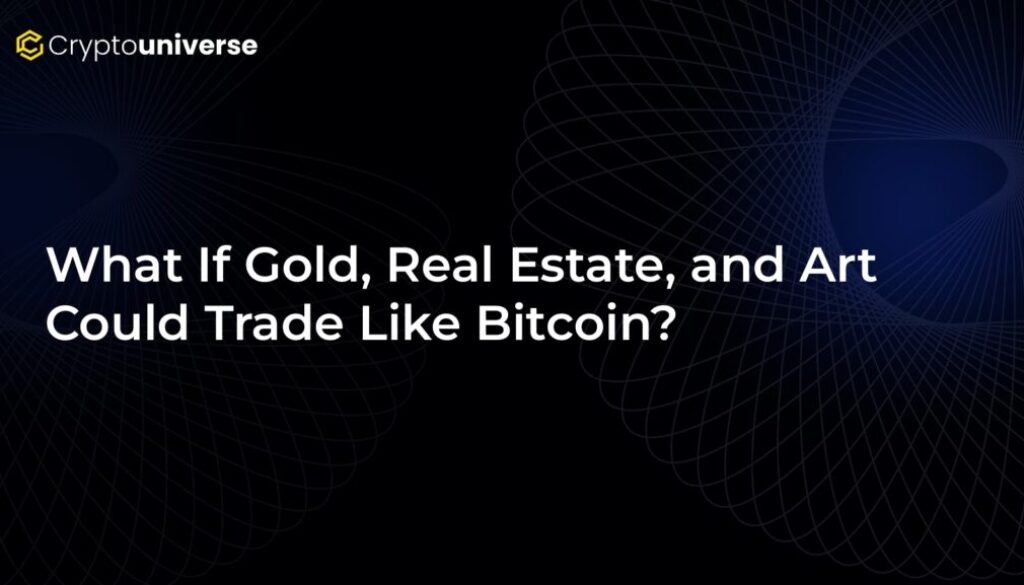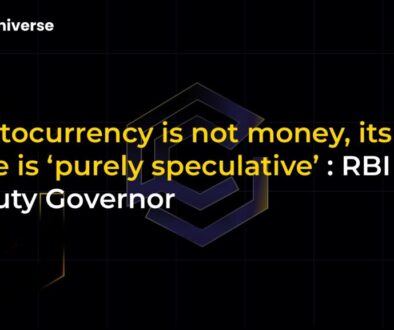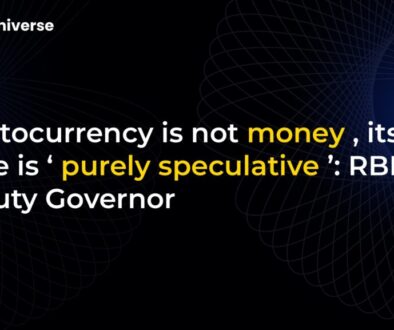What If Gold, Real Estate, and Art Could Trade Like Bitcoin?

The Age-Old Problem of Wealth: Valuable but Stuck
For centuries, the cornerstones of wealth have been tangible: gleaming gold bars locked in secure vaults, sprawling deeds to prime real estate, and priceless works of art passed between collectors. These assets hold immense value, but they share a common flaw—they are notoriously illiquid. Selling a building can take months, if not years. Trading physical gold involves complex logistics, insurance, and security. Investing in a Picasso has long been a privilege reserved for the ultra-wealthy.
These traditional assets are burdened by friction: paperwork, intermediaries, legal hurdles, and time-consuming processes. In a world accustomed to instant digital transactions, this model feels archaic. But what if that could change?
Imagine buying a fraction of a Manhattan skyscraper or selling your stake in a gold bar with the same ease as trading Bitcoin. This isn’t a futuristic fantasy; it’s the reality being built today through Real World Asset (RWA) Tokenization.
What is RWA Tokenization?
RWA tokenization is the process of creating a digital representation of a physical or financial asset on a blockchain. Each digital token acts as a certificate of ownership, secured by a smart contract and backed by the real-world item it represents—be it an ounce of gold, a square foot of property, or a share in a famous painting.
This simple concept fundamentally reimagines how we own, manage, and trade value. It breaks down monolithic assets into smaller, tradable pieces, making them accessible to a global audience.
Why Physicality Can Be a Liability
While traditionalists argue that an asset’s physical nature makes it “real,” the digital age challenges this notion. As one Wall Street veteran noted, physicality can be a liability. To sell $10 million in physical gold, you need to arrange secure transport across borders to a specialized exchange. To sell $10 million in tokenized gold, you just click a button, instantly connecting with buyers anywhere in the world.
Tokenization strips away these logistical burdens, elevating the utility of physical assets to match the speed and efficiency of the digital economy.
The New Frontier of Investment: Tokenized Gold, Real Estate, and Art
Tokenized Gold: The Original Store of Value, Reimagined
Bitcoin is often called “digital gold,” but tokenizing physical gold takes this concept to its logical conclusion. By placing audited, vaulted gold on the blockchain, investors gain access to a fully-backed, redeemable, and highly liquid digital asset.
- Fractional Ownership: You no longer need to buy a full ounce or bar. Invest in as little as 0.01 grams of gold, making it accessible to everyone.
- 24/7 Trading: The gold market no longer closes. Trade your gold-backed tokens anytime, anywhere, just like crypto.
- Reduced Friction: Forget storage fees, insurance costs, and verification hassles. The token represents your direct ownership of gold held securely by a custodian.
Projects like PAX Gold (PAXG) and Gold DAO are already demonstrating this power, allowing users to hold and trade tokens that can be redeemed for physical, LBMA-accredited gold bars.
Tokenized Real Estate: Unlocking the World’s Largest Asset Class
Real estate is a massive, multi-trillion-dollar market, yet it remains one of the most illiquid. Tokenization is changing that narrative by fractionalizing property ownership.
Imagine owning 0.5% of a luxury hotel in Dubai or a portfolio of rental properties across Europe. Through tokenization:
- Lower Entry Barriers: Invest in high-value real estate with just a few hundred dollars.
- Passive Income: Smart contracts can automatically distribute rental income and dividends to token holders.
- Enhanced Liquidity: Sell your stake in a property on a secondary market in minutes, not months.
Platforms like RealT and Gilmore Estates are pioneering this space, offering investors digital assets that grant them a share of income-producing properties, transforming a traditionally slow asset into a dynamic investment.
Tokenized Fine Art: Democratizing Culture and Creativity
The fine art market is famously opaque, exclusive, and slow. Tokenization cracks it wide open, allowing masterpieces by artists like Warhol or Picasso to be fractionally owned and traded on-chain.
This democratization benefits everyone:
- For Investors: You don’t need millions to invest in blue-chip art. Buy a fraction and benefit from its potential appreciation.
- For Artists: By embedding royalty mechanisms into the token’s smart contract, artists can earn a percentage of every future sale—a revenue stream that’s impossible in the traditional art world.
- For the Market: Blockchain provides an immutable record of provenance, solving one of the biggest challenges in art: authentication and ownership history.
Unlocking a $30 Trillion Market
The potential here is staggering. Some analysts estimate that the RWA market is worth over $30 trillion. By bringing even a fraction of these assets on-chain, we are not just creating a new investment trend; we are laying the groundwork for a more efficient, transparent, and inclusive global financial system.
This isn’t about replacing traditional finance but enhancing it, merging the stability and trust of real-world value with the programmability and reach of decentralized technology.
The Road Ahead: Regulation and Infrastructure
Of course, this transformation isn’t without challenges. The biggest hurdle is regulatory clarity. Since these tokens represent ownership in securities, commodities, or property, they must comply with jurisdictional laws. Compliance is non-negotiable.
Fortunately, the industry is maturing rapidly. Leading platforms use established legal structures like Special Purpose Vehicles (SPVs) and Trusts to ensure tokens are legally sound. Meanwhile, regulators in hubs like the UAE, Singapore, and parts of Europe are creating frameworks to support RWA tokenization, signaling a clear path forward.
Conclusion: Your Digital Wallet is About to Get an Upgrade
The question we started with—
By blending the tangible trust of real-world assets with the speed and accessibility of the blockchain, RWA tokenization is unlocking a new era of finance. It offers lower entry points, faster settlements, and global access to the world’s most valuable assets.
The next time you open your digital wallet, it might not just show your crypto holdings. It could display your stake in a downtown skyscraper, a bar of Swiss gold, and a piece of modern art. That isn’t just disruptive—it’s transformative.


